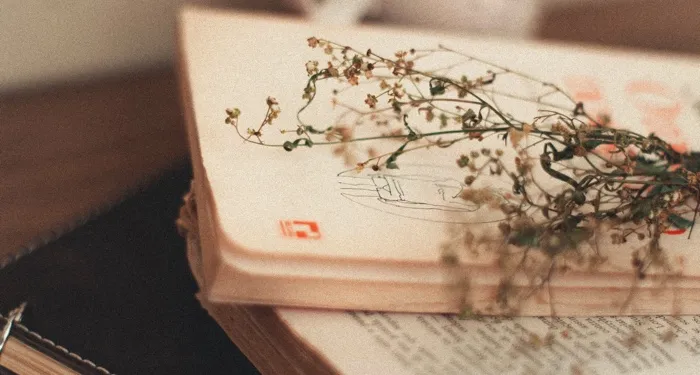
How to Read Punctuation in Poetry
Reading poetry is an entirely different experience from reading prose. You’ve finally got a handle on some different forms and how line breaks work, and you’ve cracked open Homie by Danez Smith or OBIT Victoria Chang book. You dive into a poem, but then you see a comma in a place that doesn’t follow any grammar rules you know. How, exactly, do you read punctuation in poetry?
Vocabulary
Before we get into different punctuation, let’s get on the same page regarding poetry punctuation vocabulary, shall we?
End Stop — This is punctuation that occurs at the very end of a line.
Twinkle twinkle little star,
Enjambment — This is when a line breaks, but does not end with punctuation.
Twinkle twinkle little
star,
Caesura — This is when punctuation happens inside a line, anywhere except at the end of the line.
Twinkle, twinkle, little star
Slow It Down
Most punctuation in poetry is used to control timing and provide space. The two most commonly used punctuation in poetry are commas and periods.
Commas
There’s a common misconception in prose writing that you use a comma whenever you take a breath. This is absolutely wrong and any professional editor will tell you this. In poetry, however, this is actually pretty close to the truth. A comma represents a break, just a little space between words or lines. Some poets even read commas as small catch-breaths. Commas can also be used in more conventional ways to separate lists or clauses, but poets are free to use as many commas as they need to slow down a poem.
Periods
In prose, a period marks the end of a declamatory sentence. In poetry, a period is more like a stop sign, like a comma, but longer. Take a full breath when you see a period. When a line breaks on an enjambment, you naturally give a little space between the end of one line and the beginning of the next. When you see a period at the end of that line, give it even more breath and space.
Semicolons
Ah, that most ill-used of prose punctuation, the strange hybrid of colon and comma, the semicolon. In prose, it is used to connect two complete and intricately linked clauses. In poetry, it sits somewhere between a comma and a period. A little more breath than a comma and a little less than a period. In fact, they may be as ill-used in poetry as they are in prose.
Dashes
If you aren’t a punctuation nerd, I’m sorry to break it to you, but there are actually three different kinds of dashes: hyphen (-), en dash (–), and em dash (—). Fortunately, in poetry, you don’t actually need to know how they each function in prose. If you already know, then throw that information out the window. Maybe. Actually, it really depends on the poet. Okay. Fine. Here’s how they’re different.
Hyphens are used to connect compound words.
- Double-click
- Record-setting
En dashes are the width of the letter n and are used to connect a range of numbers, express conflict, or make a compound out of a multi-word adjective.
- 2–6
- North–south
- Post–grad school life
Em dashes are the width of the letter m and are used to separate clauses, to draw attention to them, and to signify interruptions.
- I had been walking — running, really — before I found him.
- “Wait, where are you—?”
In poetry all of these things could be true, but like commas and period, they serve to create space. While the hyphen is used to connect or combine words, the en and especially em dash are asking for time and breath between words or lines.
Ellipses
Sometimes known as three dots, triple periods, or a one-legged duck hopping away from the end of a sentence, the ellipses is wildly overused in texts and perfectly at home in poetry. While their function in prose is to indicate a truncation, poets use them to ask for maximum space. Really slow down like those are three periods. Take a big breath, maybe two when you see ellipses in a poem.
Other Punctuation
What about parenthesis? Asterisks? Ampersands? Colons? Tildas and umlauts and accent marks? Really, those are used the same as they are in prose. Parentheticals are asides. Asterisks usually mean there’s a footnote somewhere. Ampersands mean “and.” You get the picture. Nothing to see here.
Or is there?
With poetry, pretty much anything goes so long as the poet is working within a set of rules for that poem. They can make up the rules as they go, which means that punctuation can mean just about anything. Read it as I’ve described here. Ignore it. See how those readings change the meaning of the poem, the expression and the cadence and the sound. This is poetry! What it means to you means WAY more than what it ever meant to the poet.









